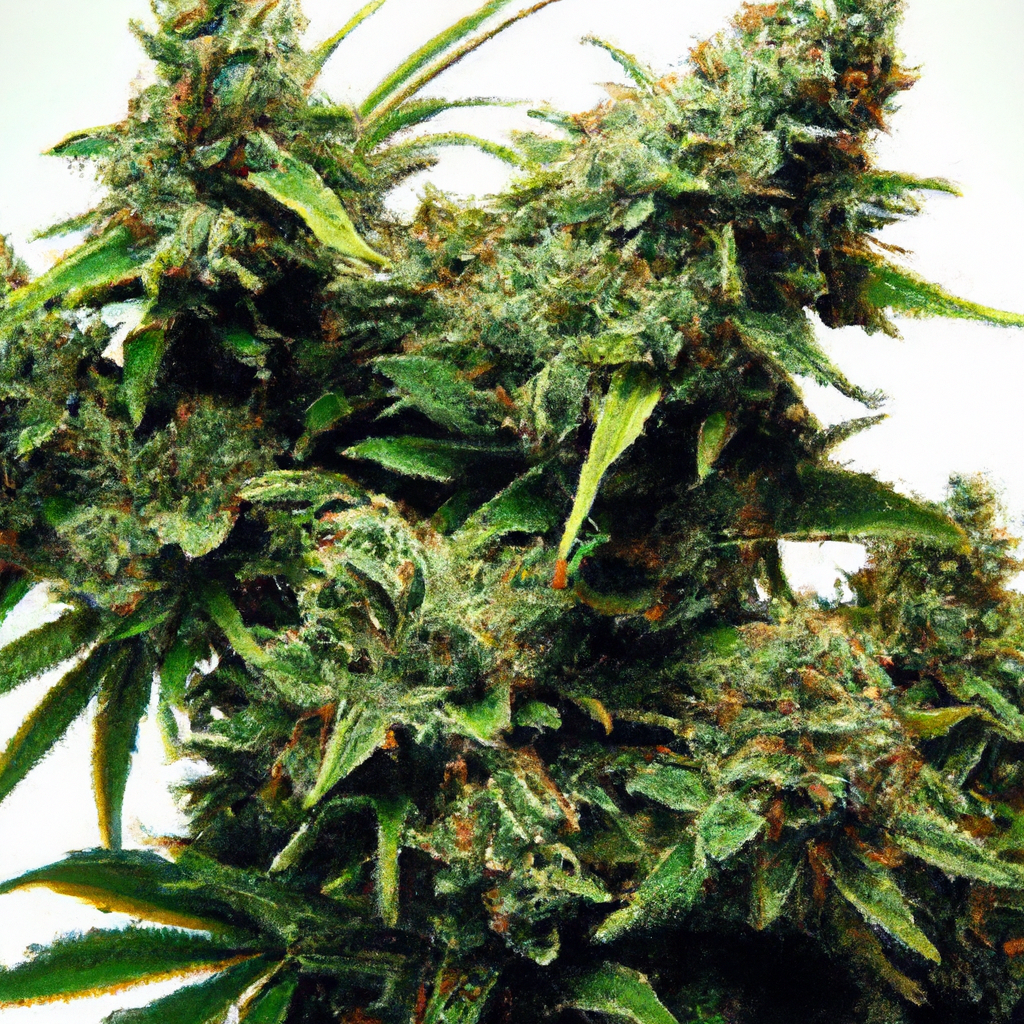Welcome to the world of cannabis cultivation where every leaf counts, and every bud has potential. As your guide, I’m John “Magic” Greenleaf, bringing you insights honed over three decades of growing in Colorado’s unique high-altitude environment.
Understanding Plant Training: An Overview
Plant training is a critical component of successful cannabis cultivation, particularly in maximizing yields and enhancing plant health. Whether you’re an indoor hobbyist or managing a large-scale outdoor grow, harnessing the power of plant training can significantly impact your results.
- Increased Yield: By manipulating how your plant grows, you can increase exposure to light, which results in more bud sites.
- Improved Airflow: Proper plant training can support better airflow through the canopy, reducing humidity and the risks of mold.
- Efficient Space Use: Training methods help make the most of your growing area, especially in confined indoor environments.
Popular Cannabis Plant Training Techniques
There are several training techniques that cater to different grower goals and space requirements. Here’s a closer look at some common practices:
- Low-Stress Training (LST): This involves gently bending and tying down stems to create a wider, more even canopy. It’s suitable for beginners and is less likely to stress the plant.
- Screen of Green (ScrOG): Placing a screen above your canopy allows plants to weave through it, ensuring each bud gets maximum light. This technique is excellent for maximizing small spaces.
- Topping: Cutting the top of the plant encourages lateral growth, leading to a bushier plant with multiple main colas. Topping is typically done during the vegetative phase.
- Super Cropping: Involves intentionally damaging stems to promote repair and strengthen the plant. This advanced technique can increase yields but should be used carefully.
Real-World Examples
Let’s delve into some real-world examples from my 30-year journey:
“Mile High Mystique”: Utilizing the LST method, I’ve optimized this hybrid’s calming effects by encouraging an open structure that maximizes terpene production—resulting in its signature lavender and earthy aroma.
“Magic Kush”: This powerful indica benefited from topping, producing multiple robust colas known for their medicinal pain relief properties, demonstrating the technique’s impact on therapeutic cultivars.
Conclusion
As you’ve seen, incorporating plant training techniques into your cannabis cultivation can significantly enhance your harvests and plant health. Choose a method that aligns with your goals and grow space, and remember: practice makes perfect.
Grow with purpose and precision, and you’ll see how these small adjustments can lead to exceptional results. As I always say, “Healthy roots, healthy buds, happy harvests.”
For more insights and tips on cultivating success in your cannabis grow, explore my blog series on MagicGreenGrow.com.
Tags: High-Yield Optimization, Organic Cultivation, Advanced Genetics


Leave a Reply